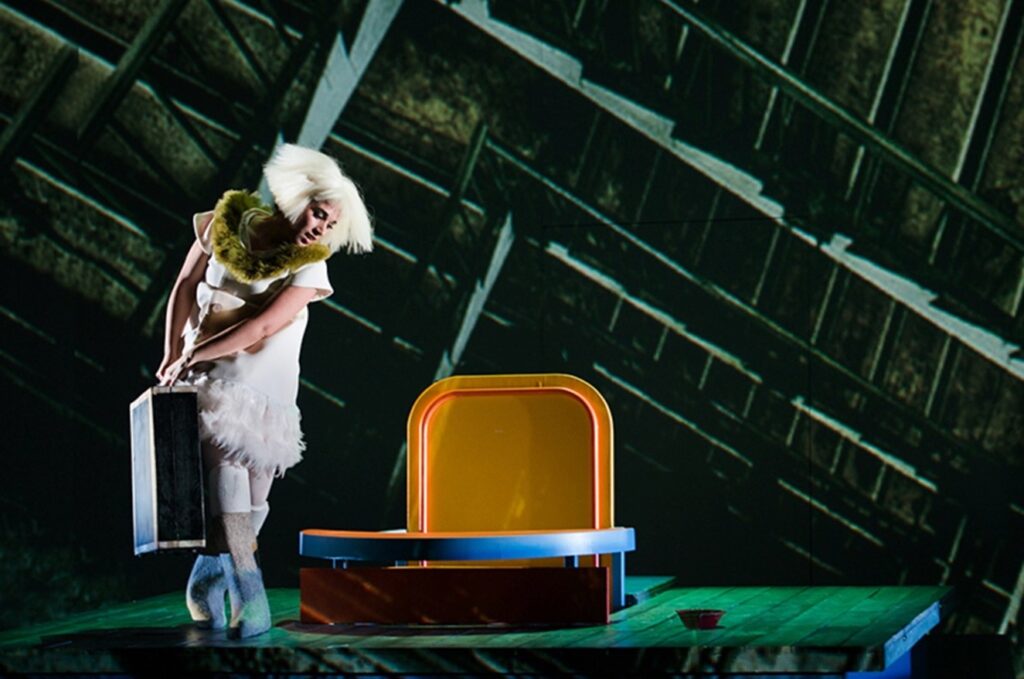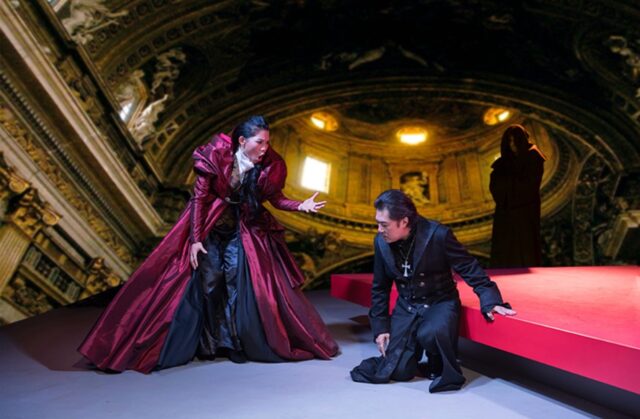In the dynamic world of opera stagecraft, the role of scenic design transcends mere aesthetics; it becomes an essential narrative tool. Nicholas Muni, a distinguished figure in opera stage direction and design, exemplifies this principle. Nic Muni’s career, marked by a rich tapestry of global experiences, showcases how production design is not just about visual appeal but about conveying the narrative, intriguing the imagination of the audience, setting the mood, and enriching the characters’ journeys. This feature article delves into Muni’s approach to integrating production design into the art of opera directing.
The Role of Production Design in Stagecraft
- Creating Atmosphere and Mood: The scenic design can immediately convey the tone of the production. Muni’s designs demonstrate how scenic design can articulate the essence of an opera. Nic Muni’s sets, ranging from minimalist to intricately detailed, are carefully crafted to reflect the narrative’s era, setting, and emotional tone. For instance, Nicholas Muni’s production of “The Kiss of Tosca” used lavish, detailed projected images to transport audiences to 18th-century Rome, immersing them in the story’s emotional depth and historical context. In contrast, the simple three-dimensional scenic elements are angular and rigid, suggesting the implacability of the church and political regime; it is a raised stage to mirror the stage career of Tosca; it is minimalistic and sleek, conveying a contemporary feeling. The same is true of the costumes he designed: enough period detail to ground the narrative, but contemporary enough to depict the characters as real people.
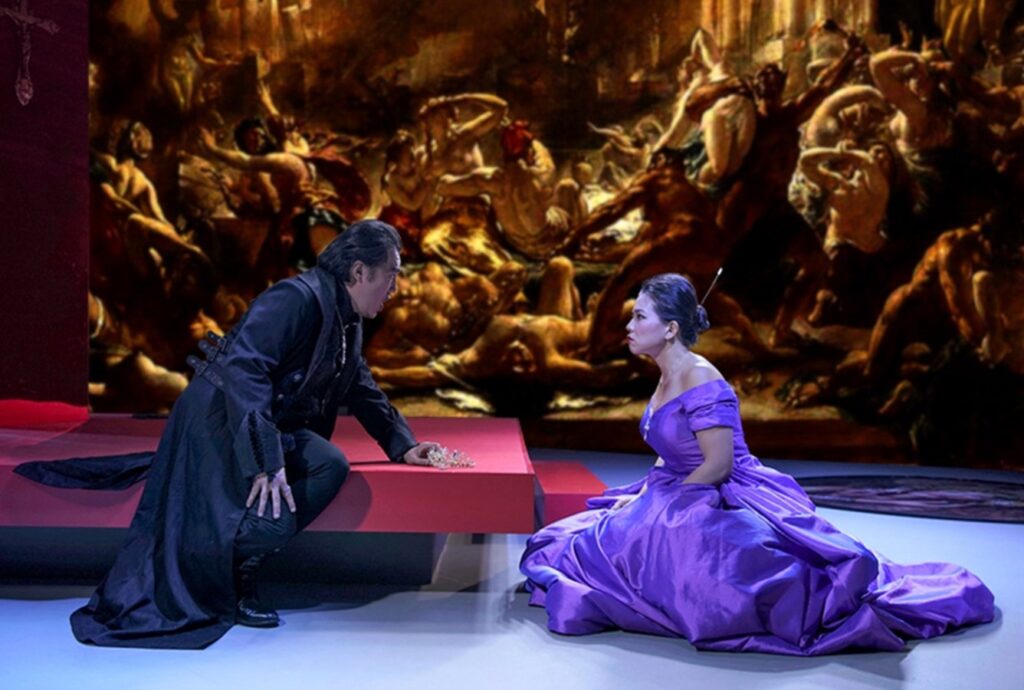
- Supporting the Narrative: Every aspect of the set design, from the colors of the environment to the style of the furniture, tells a story. The design creates a world in which the characters’ personality, background, and current state of mind makes sense—or, conversely, are mired in contradiction. For example, a meticulously organized study with classic furnishings might suggest a disciplined and traditional character. Scenic elements designed by Nicholas Muni are not just background; they are a purposeful participant in the storytelling.
- Aiding Character Development: The environment in which a character “lives” can reveal much about them. A bedroom with posters of rock bands can immediately suggest a rebellious teenager, while a sparsely decorated, neat space might indicate a character with a no-nonsense, pragmatic personality. Nicholas Muni designs environments that reveal character traits and history. Nic Muni knows that a meticulously detailed set can speak volumes about a character’s personality and life, adding layers to the performance that transcend spoken dialogue.
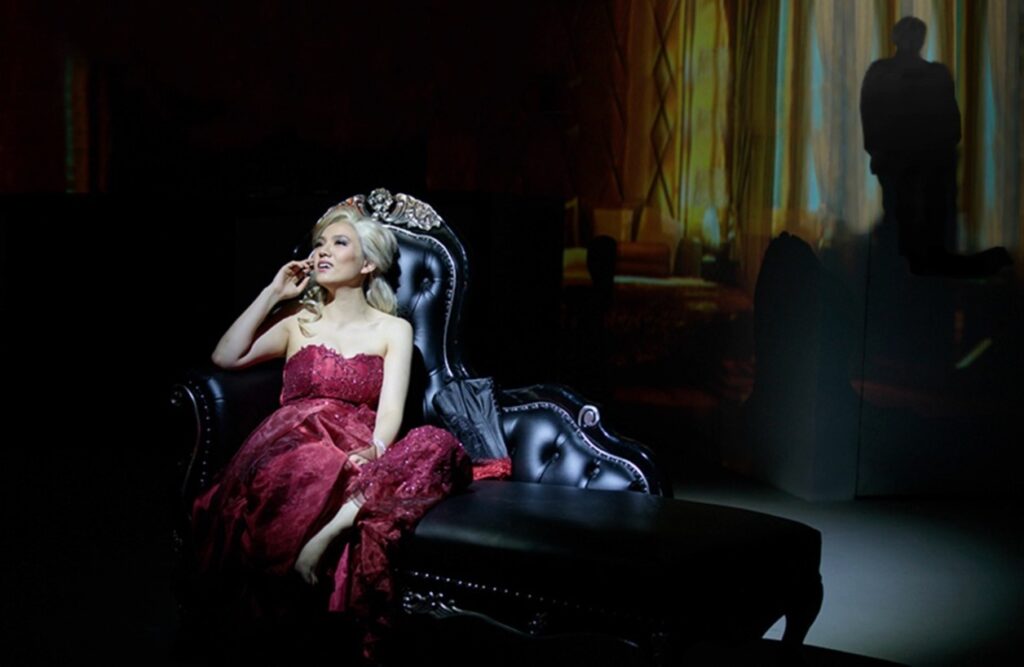
- Enhancing Symbolism and Themes: Scenic design in stagecraft can be used to convey larger themes or motifs in the narrative. For example, a gradual change in the set’s color palette might mirror a character’s emotional journey, or the presence of a certain piece of art could foreshadow upcoming events. In Nicholas Muni’s productions, the scenic design often serves as a metaphor. Nic Muni uses visual motifs and changing aesthetics to mirror characters’ emotional journeys or to foreshadow plot developments, adding a rich layer of symbolism to the narrative.
- Facilitating Action and Movement: A well-designed set not only looks authentic but also functions practically for the actors. The arrangement of furniture and props must allow for natural movement and flow, ensuring that the actors can interact with their environment believably and safely. Nic Muni’s sets are not just visually stunning but also highly functional. Nicholas Muni designs spaces that facilitate expressive movement and potent interaction between performers, ensuring that the set enhances the performance rather than hindering it.
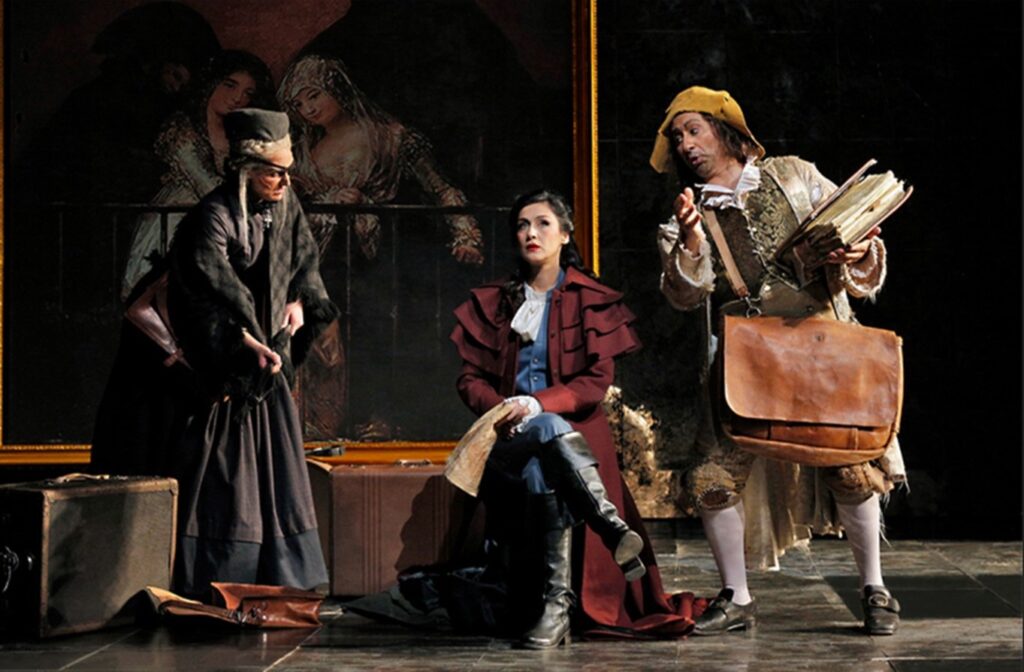
Techniques and Considerations
- Color Psychology: Color evokes particular emotions. For example, warm colors might be used to create a feeling of comfort, while cooler tones might suggest detachment or sadness. Nicholas Muni employs color to evoke specific moods and emotions, using hues to underscore the narrative’s emotional landscape.
- Period Accuracy: For historically based operas, ensuring that the design accurately reflects the time period, from the architecture to the smallest detail in décor and costuming. Nicholas Muni’s commitment to period accuracy is evident in his productions, where every detail is meticulously researched and replicated, without appearing slavish or literal.
- Adaptability: In some productions, the set might need to change quickly between scenes. Designing sets that are adaptable yet still detailed enough to deliver variety and richness requires creativity and technical knowledge. Nicholas Muni’s innovative approach often involves creating single-environment sets, showcasing his creativity and technical expertise.
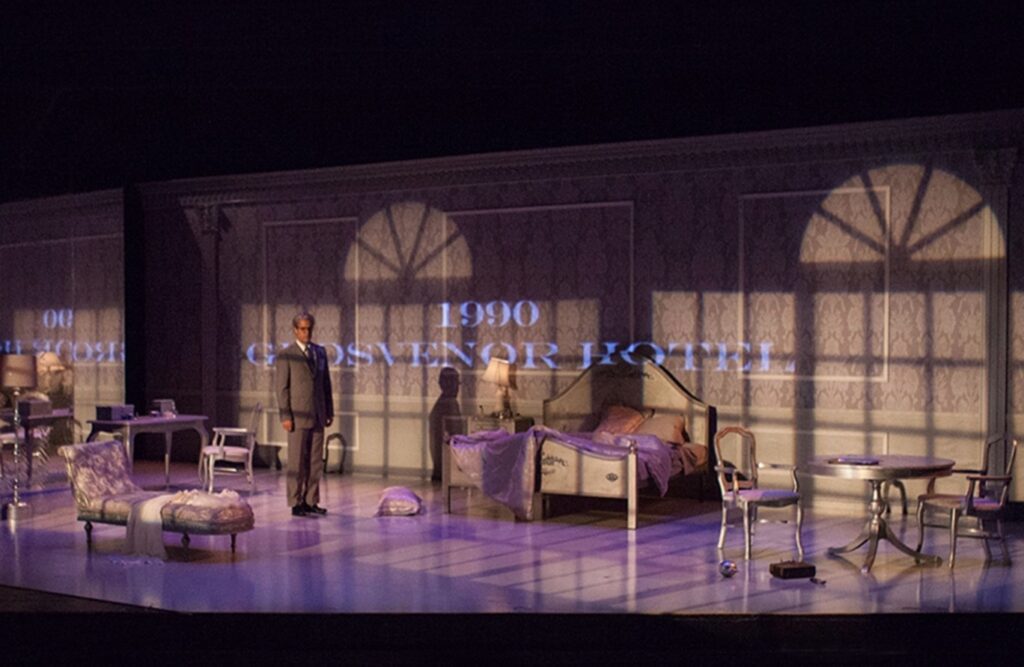
- Lighting Interaction: Lighting creates variety in a single environment set, as in the photo of Powder Her Face shown above. Understanding the interplay between lighting and scenery is crucial. This is a technique that Nicholas Muni constantly applies to his work, staging the action with the lighting firmly in mind.
- Sustainability: With a growing emphasis on sustainability, production designers are increasingly looking for ways to reuse and repurpose materials. Nicholas Muni is also conscious of sustainability, often employing creative ways to reuse and repurpose materials in his sets.
Scenic design in stagecraft is a multifaceted discipline that blends artistic vision, storytelling, safety and practicality. It’s a silent but powerful partner in conveying the story and moving the audience to an emotional response. Nicholas Muni’s approach to design in opera stagecraft is a holistic. Nic Muni’s sets are not just backdrops; they are essential components of the narrative, enhancing the story, developing characters, and creating an immersive experience for the audience. Nicholas Muni’s work demonstrates that in the realm of opera, production design is as critical as the musical score, playing a pivotal role in bringing the opera to life.
